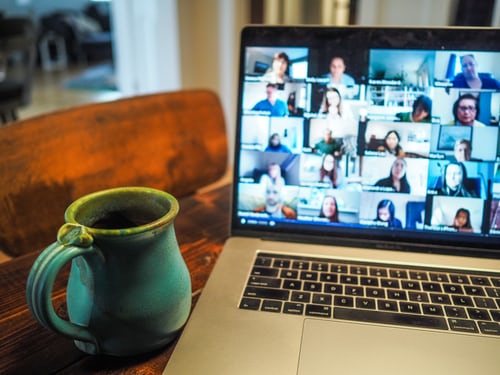How Different Personality Types Cope with an Always-On Culture

Looking at the four strategies in light of MBTI personality type can help you identify how to use them most effectively to reduce the negative effects of being always on. Especially useful since we are working from home.MBTI test
1. Create time and space to switch off.
If you have extraversion preferences, recharge by doing something active, perhaps with others (even if that happens virtually while you’re social distancing). If working from home, make sure to take breaks. Go for a walk or a run if you can, or do something new and different. Some extraverts find it helpful to leave their devices in another room when they’re de-stressing. Keep in contact with others, and use video, not just voice.
If you have introversion preferences, recharge by doing something that allows you time to reflect or that you can become absorbed in. Establish a quiet area of your home where you can work and/or retreat to. Try to limit online meetings, but ensure that you have some contact with other people.
2. Beware of information overload.
If you have sensing preferences, stop and take a step back. Focus on the big picture; what’s important? To avoid getting lost in the details, keep in touch with other people, and ask for their take on the situation. Don’t obsess with getting every little thing right or having a perfect home working environment.If you have intuition preferences, stop going through all the possibilities. Ground yourself at the moment. Try one thing at a time, and stick to it; if you are working at home, it can be easy to skip from one idea to another.
3. Create boundaries.
If you have thinking preferences, consider your impact on others. For example, read through messages before you send them. The written communications of “thinking” individuals can be very direct and task-focused and may appear terse and impersonal to others. Without the benefit of face-to-face contact, they may be misunderstood.If you have feeling preferences, find a balance between supporting others and looking after your own needs. That can be difficult when you are worried about the impact of the Covid-19 crisis on others, especially if your close friends and family are not around to help. Identify the supports you need and take conscious actions to attain them.
4. Find a work/life balance that suits you.
If you have judging preferences, set boundaries with yourself and others regarding when you will and won’t use technology at home — but be flexible when things are urgent. Turning off your devices when you are not working will most likely lower your stress levels, so make it clear to others when you will and won’t be available. If the Covid-19 crisis meant that you suddenly had to change your routines, establish new ones. If you are working at home, keep “work” and “home” separate by having a designated work area and staying away from it outside of working hours.If you have perceiving preferences, you might be enjoying some aspects of working from home, such as the freedom to be flexible with your hours. But don’t expect others to necessarily feel the same. Avoid sending emails or requesting chats outside of normal working hours. And allow some time for other activities so that your workdays don’t become overly routine. Timeboxing, or converting your to-do list into blocks of time on your calendar, might help.
Technology can empower people, but it can also make them feel enslaved. By thinking carefully about how and when to use it, you can find your own sweet spot.
John Hackston, The Meyers Briggs Company




